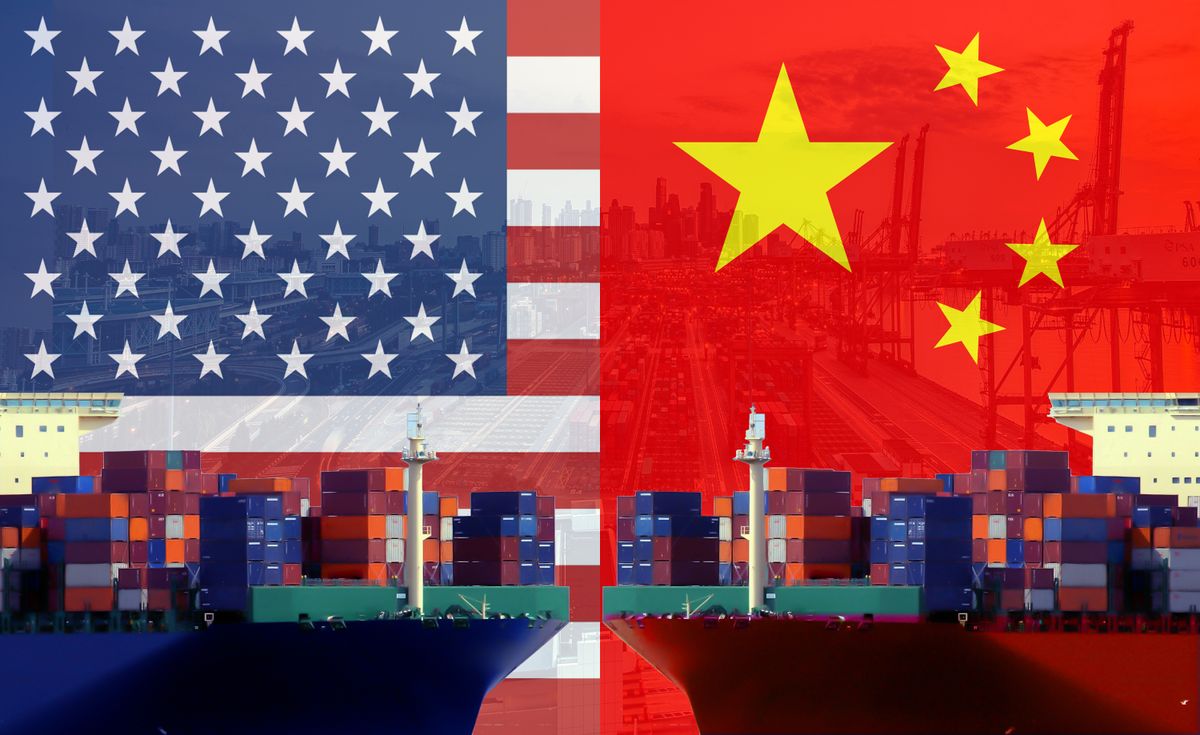Trump Tariffs Tech Prices Are Shaking the Global Market in 2025
A Deep Dive Into the Economic Impact of Tariffs on Manufacturing, Pricing, and Consumer Trends
Trump tariffs tech prices are shaking up the global market in 2025. At Techestateempire, we’ve been tracking the long-term effects of global trade policy on tech innovation and supply chain resilience. The warning signs are clear: if these tariffs continue, consumers can expect sharp price increases, and companies will face tough decisions about sourcing, strategy, and survival.
Tech Companies Caught in the Crossfire of Trump Tariffs
The latest round of Trump tariffs includes steep levies on a wide range of tech products imported from key manufacturing hubs such as China, Vietnam, and India. With rates climbing as high as 46%, the implications for technology companies are massive.
Most devices—smartphones, laptops, smart TVs, home automation systems—depend on a globalized supply chain. Even if final assembly occurs in the U.S., many components come from tariff-impacted countries.
According to Bloomberg, many companies are now seeking legal exemptions and reassessing partnerships to manage the tariff shock.
According to industry experts, companies are:
- Halting new product launches
- Redesigning devices to avoid taxed components
- Considering relocating production to tariff-free zones
But these are not quick fixes. Tech Estate Empire has reported that supply chain transitions can take years and require massive capital, legal, and labor investments.
Trump Tariffs Tech Prices: Consumers Will Pay More

If you’re shopping for tech in 2025, brace yourself. Trump tariffs tech prices mean you’ll likely pay more. Smartphones, tablets, smartwatches, and accessories are already experiencing price hikes between 10–30% due to increased import and manufacturing costs.
While some companies are absorbing the initial impact, that won’t last long. Historically, brands used bundled deals or strategic pricing to cushion price shocks. Now, with tariffs layered over rising labor and shipping costs, prices have only one way to go—up.
We highlighted this in our coverage on GPU tariffs and AI disruption, where hardware pricing was severely affected by policy shifts.
Why Tech Companies Can’t Simply Move Production
There’s a misconception that moving manufacturing from China to Vietnam or Mexico is easy. The reality is complex. Shifting production involves:
- Rebuilding factories
- Training a new workforce
- Overhauling logistics and compliance systems
- Establishing new supplier relationships
Tech Estate Empire has seen the fragility of disrupted supply chains firsthand. The current tariff situation forces companies to rethink long-term strategy while also delivering products under tight timelines.
Startups Hit Hard by Trump Tariffs Tech Prices
Unlike tech giants, startups lack leverage to negotiate tariff waivers or diversify production fast. Many depend on Asian manufacturers for prototyping and early-stage production. Rising costs are causing:
- Development delays
- Unscalable launch prices
- Reduced competitiveness
This may lead to a decline in consumer hardware innovations this year. We’re already tracking a shift toward digital products and SaaS models that don’t rely on global shipping.
Trump Tariffs Tech Prices Push Consumers to Change Habits
With higher prices, consumers are expected to hold onto devices longer and opt for refurbished tech. This shift will likely lead to:
- Growth in secondhand tech marketplaces
- Increased demand for financing options
- Preference for modular and repairable tech
We also foresee greater momentum for right-to-repair legislation as consumers resist frequent and expensive replacements.
Policy Whiplash: Uncertainty Is the Real Enemy
Beyond the financial costs, it’s the unpredictability of these Trump tariffs tech prices that hurts most. Today, smartphones might be exempt. Tomorrow? Maybe not.
This uncertainty paralyzes planning. As discussed in our breakdown of new U.S. restrictions on Chinese tech, instability in trade laws discourages innovation.
How Tech Companies Are Responding to Trump Tariffs Tech Prices
In response to these pressures, companies are pursuing a range of mitigation strategies:
- Diversifying supply chains
- Adjusting SKUs to include tariff-free components
- Investing in domestic production
- Passing on costs through price increases or premium services
Learn more in our report on post-COVID tech manufacturing resilience, where we explore how companies are adapting long term.
While some changes may bring long-term resilience, they come at a cost—layoffs, delayed launches, and budget cuts in R&D.
Final Thoughts: Trump Tariffs Tech Prices Will Define the Future
This isn’t just about trade. It’s about the future of tech. Trump tariffs tech prices are reshaping how devices are built, distributed, and consumed across the globe. We are not simply witnessing a temporary price fluctuation — we are observing a systemic disruption that could redefine the entire innovation cycle.
Higher costs at every stage of the tech pipeline mean companies will need to reprioritize. Some may double down on premium offerings, others may retreat from hardware entirely and focus on software or cloud services. Consumers will likewise change behavior: holding onto devices longer, seeking out alternatives, and demanding more transparency from brands.
These shifts are likely to accelerate other macro trends, such as sustainable production, right-to-repair legislation, and regional manufacturing strategies. Startups, investors, and policymakers must adapt quickly to navigate a landscape where pricing and availability can change overnight due to political decisions.
At Tech Estate Empire, we believe this is a pivotal moment. Just as COVID-19 redefined remote work, logistics, and digital communication, these tariffs are poised to change how and where innovation happens. Long-term, this could encourage diversification in manufacturing, a push for automation, and deeper conversations about the relationship between politics and technology.
We’ll continue covering this evolving story. Whether you’re a builder, buyer, or investor, understanding the impact of Trump tariffs tech prices is crucial for staying ahead—and staying resilient in an increasingly volatile tech economy.
Stay connected with Techestateempire for the latest tech news and updates.

